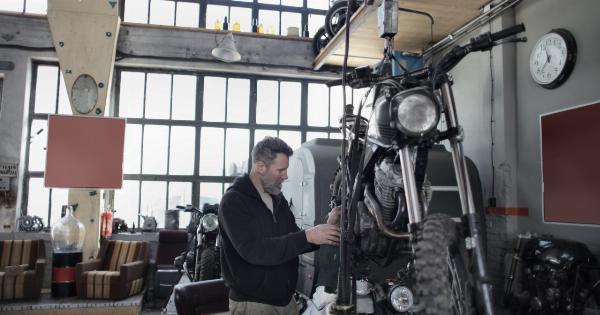Flying can be an exciting and convenient way to travel, but have you ever wondered about the cleanliness of the aircraft you’re boarding? While airlines try their best to maintain a clean environment, airplanes can harbor a surprising amount of germs and dirt. In this article, we will uncover some of the dirtiest areas on planes, providing you with valuable information to help you stay healthy during your next flight.
1. Tray Tables
Tray tables are perhaps one of the most frequently used surfaces on an airplane. Passengers use them to eat, work, and even change diapers. Surprisingly, tray tables can contain more bacteria than the average home toilet seat.
It is advisable to clean the tray table with a disinfecting wipe before using it to protect yourself from potential germs.
2. Seat Pockets
Ever found something unexpected inside the seat pocket in front of you? Seat pockets are notorious for housing a wide range of items, from used tissues to discarded food.
Unfortunately, they are rarely cleaned between flights, making them a breeding ground for bacteria. It’s best to avoid using seat pockets whenever possible to minimize contact with these unclean areas.
3. Lavatory Surfaces
Unsurprisingly, airplane lavatories are a common source of germs. Surfaces like sink faucets, door handles, and flush buttons are often touched by passengers, making them prime areas for bacterial contamination.
Remember to wash your hands thoroughly and use a paper towel to turn off the faucet and open the door after using the lavatory.
4. Seatbelts and Buckles
We all know the importance of fastening our seatbelts for safety during a flight, but have we ever considered their cleanliness? Seatbelts and buckles are touched by multiple passengers throughout the day but are rarely sanitized.
Wiping them down with a disinfecting wipe is a simple precautionary measure you can take to help reduce the risk of exposure to germs.
5. Air Vents and Overhead Lights
While they may look harmless, air vents and overhead lights can harbor hidden dirt and bacteria. These areas are easily overlooked during cleaning routines, enabling dust, bacteria, and even mold to accumulate.
To minimize your exposure to these particles, direct the air vent away from you and avoid touching the overhead lights.
6. Headrests
The headrest may seem like a harmless part of the airplane seat, but it can be a hotbed for germs. Many travelers rest their heads against them, potentially transferring sweat, oils, and bacteria.
To protect yourself, consider using a travel pillow or covering the headrest with a clean towel or clothing.
7. Window Shades
Window shades are rarely cleaned and are often touched by numerous passengers. Similar to tray tables, they can harbor bacteria and viruses, including the common cold and flu.
If you choose to open or close the window shade, use a tissue or disinfecting wipe as a barrier between your hand and the shade.
8. In-flight Magazines
While in-flight magazines might provide entertainment during a flight, they are frequently handled by multiple passengers and rarely sanitized. Avoid touching your face or eating after leafing through the in-flight magazine.
Opt for personal entertainment devices if available, or bring your own reading material.
9. Armrests
Armrests are shared among passengers and are seldom cleaned thoroughly between flights. Numerous people touch the armrests, making them a potential hotbed for germs.
Consider using a personal armrest cover or wiping down the armrests with disinfecting wipes to minimize exposure.
10. Cabin Crew Area
While the cabin crew strives to maintain a clean environment, the areas they frequent are not exempt from germs. The spaces where the crew prepares meals and stores supplies can contain bacteria and other contaminants.
Ensure that you maintain proper hygiene practices after interacting with these areas, such as washing your hands or using hand sanitizer.
Conclusion
Although airplanes are relatively safe when it comes to disease transmission, it’s essential to be aware of the dirtiest areas on planes.
By taking simple precautions like wiping down surfaces, washing your hands frequently, and maintaining good personal hygiene, you can significantly reduce your risk of falling ill during your air travels. Stay informed and stay healthy!.































